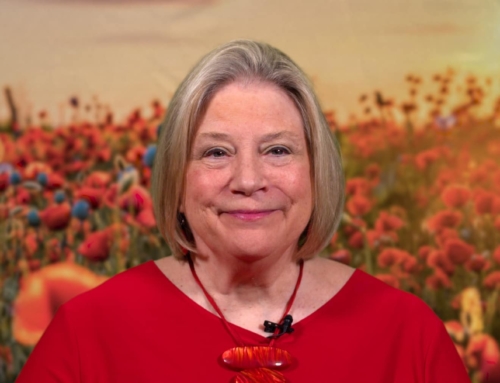In Mexico, Valentine’s Day is celebrated as a friendship day as well as a day to honor your romantic partner. I really love that broader focus of Valentine’s Day. I think a meaningful focus for the holiday is looking at how we can enhance our ability to give and receive love.
One beneficial thing is understanding your attachment style. If you are unsure of your attachment style, you can take the free quiz. You can take it as many times as you like with different key relationships in mind. Knowing your attachment style can teach you how different attachment styles communicate and interact differently in relationships. It’s just a point of exploration, and it’s important to keep in mind that we often have a mix of attachment styles depending on the relationship we are experiencing at the moment.
As we deepen our understanding of Attachment Theory, we can take things less personally, knowing that we are re-enacting our early attachment injuries.
Adult Secure Attachment in Relationships
People with secure attachment are pretty unflappable. They recover from conflict easily and repair when necessary. It’s easy for them to be protective of their partner and kids and clearly express their needs. Their gift is knowing what they want and having the ability to move in that direction. They are playful and have humor, and tend to take things lightly.
It’s essential to remember that you can develop these secure behaviors in relationships at any time.
Adult Avoidant Attachment in Relationships
People with avoidant attachment often tend to withdraw and do things independently because, as children, they needed to be independent to get their needs met. Their parent or caregiver may not have been as present as they needed because of work, illness, divorce, their own attachment injury, or even addiction.
This lack of attention and meeting early needs can feel rejecting. Later in relationships in our adult life, we may not value relationships and tend toward accomplishing goals and tasks and distancing in relationships.
To practice secure attachment, lean in to listen when you really want to run away. Honor your need to take breaks during conflict and come back later when it’s less overwhelming.
Adult Ambivalent Attachment in Relationships
For people who lean toward ambivalent attachment, your challenge might be giving your partner enough space. Because those who have the ambivalent adaptation had very inconsistent love, they have strong anxiety around abandonment and pleasing others. You may find it uncomfortable to vocalize your needs and over-focus on the other person, reading negative behaviors that are not even there. For people with ambivalent attachment adaptation, practicing taking in the positive behaviors and caring gestures from their partner is important. They have difficulty taking in and feeling those gestures of love.
If you are an ambivalent with an avoidant partner, you can show love during conflict by noticing when you are overwhelming your partner and say something like, “I can see I’m overwhelming you. We can come back to this later.”
If you are an avoidantly attached person with an ambivalent partner, you can show your love by reassuring your partner that they are “your person” because they really need that reassurance.
I hope you have found these tips helpful.
Warmly,
Diane







